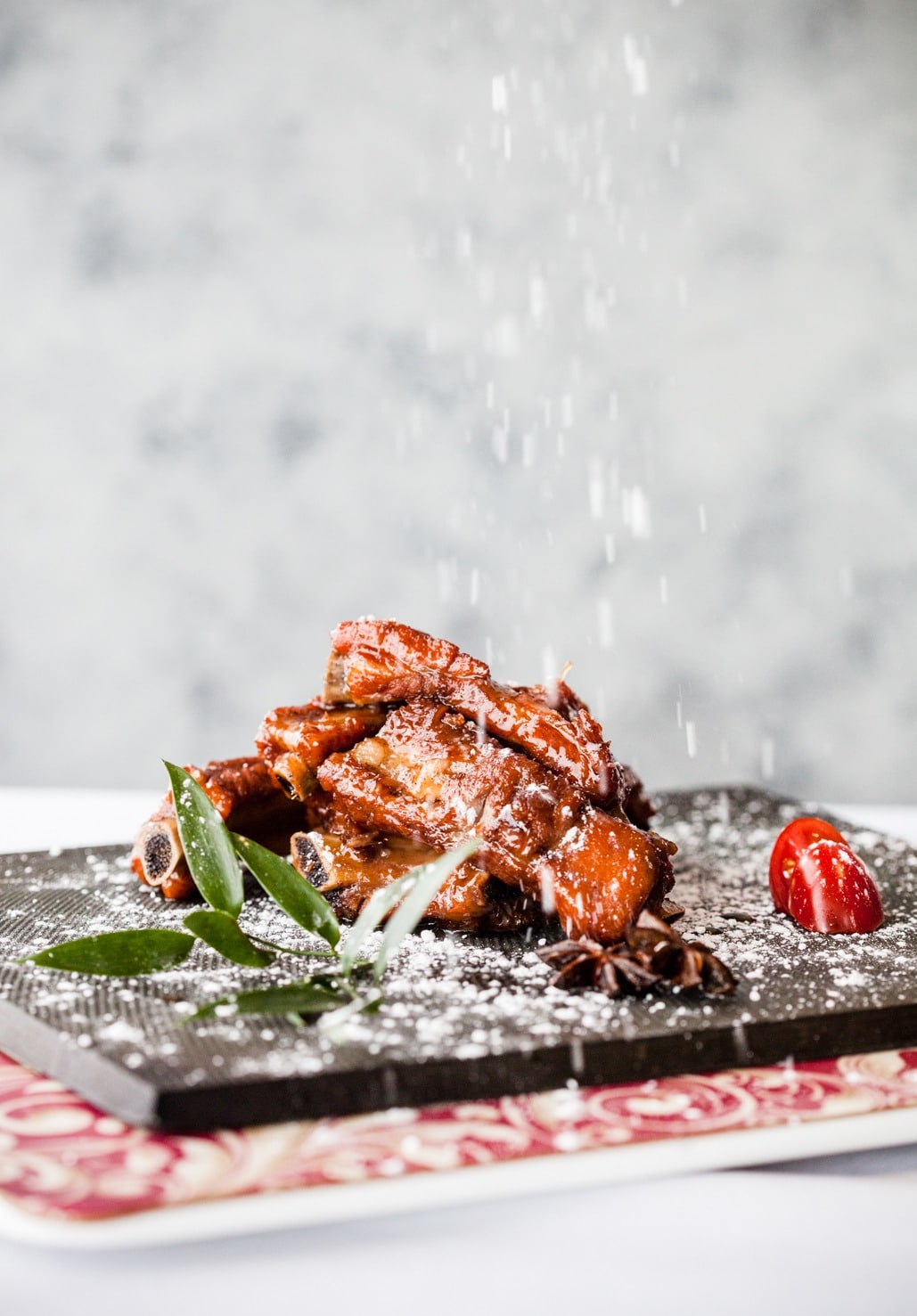
Getting better at photography is a lifelong process. I’ve had teachers with thirty years in the industry under their belt say things like,“I’m still learning about light.” Or “Photography is something you never really master.”
Ten years after first picking up a camera, I’m still learning. I learn on every job I do. Every shoot presents its own challenges. Photography is all about problem-solving, and there is a lot to know.
My first paid photo gig in food photography was a two-day restaurant shoot. I had an assistant with me, and a lot of creative control. The client was super easy-going and was happy with whatever I did.
I’d gone to photography school, but being a food blogger for several years was actually what made this shoot go so smoothly for me. I had a lot of experience planning my set-ups, working composition, and adapting to natural light. This was immensely helpful. No one ever questioned my experience or realized that I hadn’t been shooting for years. Nevertheless, I made some mistakes.
Today I’ll share these mistakes, so you don’t make them, too.
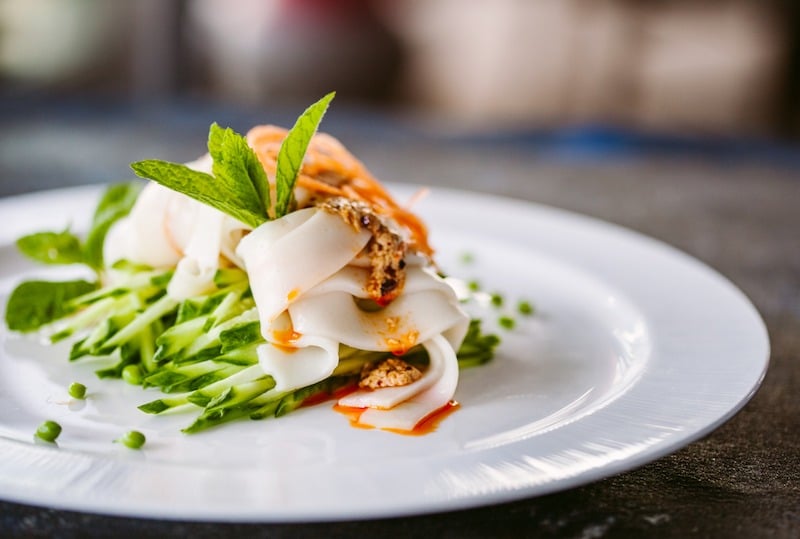
Mistake #1. – Not Asking The Client About Image Orientation
One of the most important things to determine before shooting for a client is what image orientation they will need for the shots–either portrait or landscape.
Food photography is often shot in the vertical orientation due to that it appears in cookbooks and magazines. It’s usually the most appealing orientation in the way that food photography is composed.
However, most clients need images shot for their websites. Modern interactive web design often dictates that images be shot in landscape orientation, as the top and bottom of the images will be cropped out–sometimes by quite a lot. This means you’ll have to shoot wider as well.
I didn’t know this when I first started out, so I didn’t bring it up with the client and they never mentioned it. The result was that the images looked very cropped in on the website, and important elements in the composition got cropped out.
So ask your clients about the framing of their shots. On the last restaurant shoot I did, some of them were shot horizontally, while others were shot vertically, depending on their intended use. Doing both will slow you down because you have to not only move your camera, but also recompose your scene. I did all the horizontal shots together, and all the vertical shots together.
Mistake #2 – Not Having A Shot List
The photographers I work with in the coaching side of my business know I harp on this all the time: you need a shot list before the shoot. No, you need one before you quote.
You need an itemized list of the dishes the client expects you to photograph. How do you know how long it will take you if you don’t have a shot list? How will you know how much to charge them. How do you know what equipment you’ll need?
Shooting a dish on a table in a restaurant environment using natural light doesn’t take anywhere near as long as photographing the food on backgrounds you bring in, using flash. Photographing certain types of commercial and advertising photography like product packaging or drink photography can mean spending the whole day to get one or two shots. When I shot a cookbook, we did about five shots a day.
On my first shoot, I was stunned to discover they expected me to do sixty shots over the course of 2 6-hour days. Luckily, it was spring and the restaurant had a ton of windows looking out onto the ocean, so I was able to shoot in natural light. This made the shoot go a lot faster and we go the job done. My last restaurant shoot was in a dark pub, using strobe lighting and my backgrounds and props. We did 15 shots.
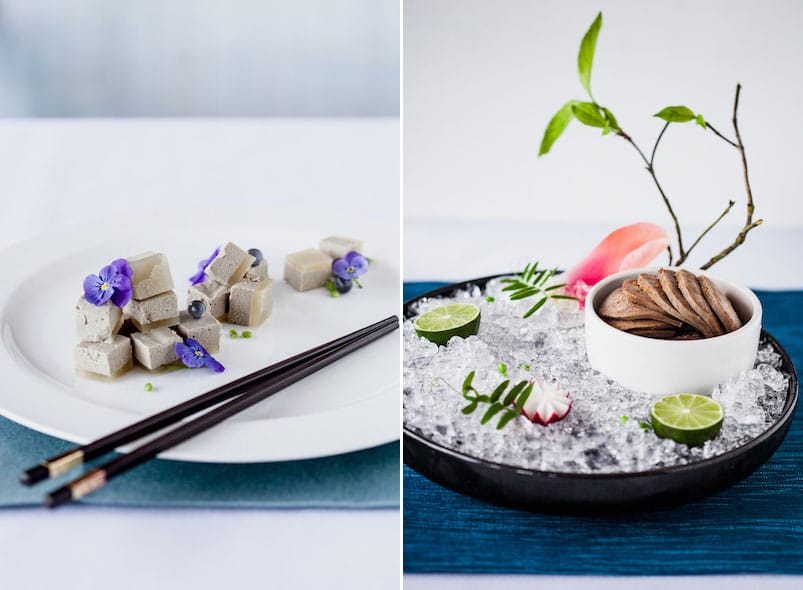
Mistake #3 – The Dishes Were Too Big
This is a mistake that I see a lot with beginner restaurant photography. Fancy restaurants have habit of serving a little bit of food on a big plate.
Your camera hates this. They look HUGE to the lens and engulf your photo, taking the attention away from your “hero”. You are “selling” food with your images–not “plate”.
By the same token, try to avoid using white plates in moody shots, or having big white plates on a dark background. The white will create stark contrast and draw the eye away from the food.
Sometimes it works, depending on the design of the food. The chef on this shoot was great at plating, but I still had to work with him on using smaller dishes. If you shoot for restaurants, have that be a part of the conversation. Some restaurants are adamant about using their own dishes and cutlery, while others want you to bring in your own props and create a more stylized, magazine feel to the images.
Mistake #4 – Not Enough Of the Proper Backgrounds
I’ve had to learn several lessons where backgrounds were concerned.
When I first started food photography, I used various linens as backgrounds before starting to make my own. I hated the idea of dragging around heavy wooden backgrounds to shoots, so I painted some pieces of artist’s canvas instead. This wasn’t that economical and they were too small for a lot of the shots that envisioned. I ended up shooting on a white tablecloth or a bare table more than I wanted. I had no clue what to do about the background situation when I first started out.
Now I paint large pieces of canvas painter’s dropcloth and take them with me on shoots. They roll up and are super lightweight. I also have some high-quality vinyl backgrounds from Capture by Lucy, as well as some beautiful thin plywood backgrounds inherited from another photographer.
If you’d like to read more about my favourite DIY backgrounds ideas, go here.
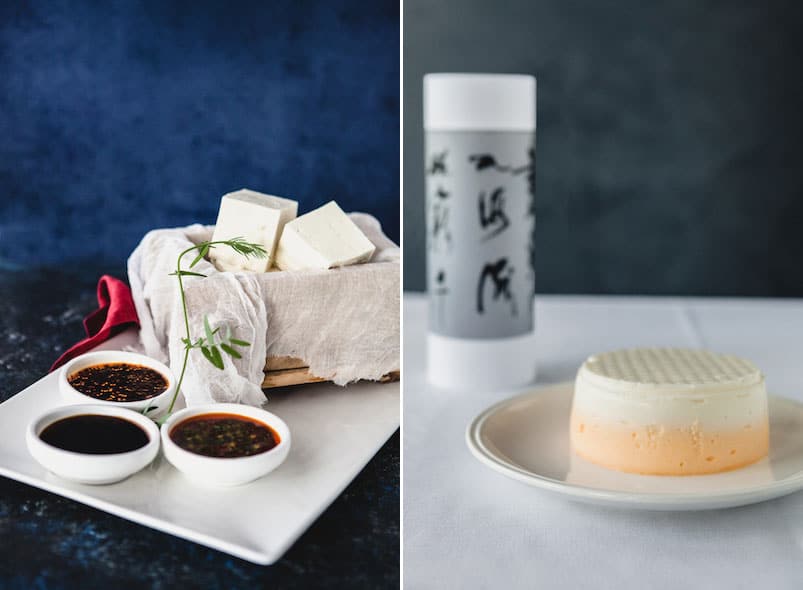
Mistake # 5 – I Didn’t Charge Enough
This is a mistake I made on my first photo shoot and on many shoots thereafter.
My first shoot was for a high-end Chinese restaurant. At a meeting with the owner and manager to pitch my services, I knew I’d made a mistake when I named my price and they looked at each other and gasped and started talking excitedly in Mandarin.
I didn’t get paid dirt, but I could have gotten paid a lot more. I shot for 2 days with an assistant and edited 50+ images. It was a lot of work.
Unfortunately, undercharging was something I did for a long time because I needed the money and was scared of not getting the gig. Looking back, I wish I had stood in my integrity and gotten a part-time job at Starbucks to make ends meet.
What photographers do brings value. It helps companies make money and bring in clients. Image the world of advertising without any images. Who would buy anything? But when everyone is undercharging, it makes photography a commodity and photographers can’t survive because their, cost of doing business is so high.
I know everyone needs to start somewhere, but it doesn’t have to be as low as you might think. Although I made mistakes, the client was happy and was none the wiser that I’d never done a professional shoot before. If someone is interested in hiring you, your work has value to them.
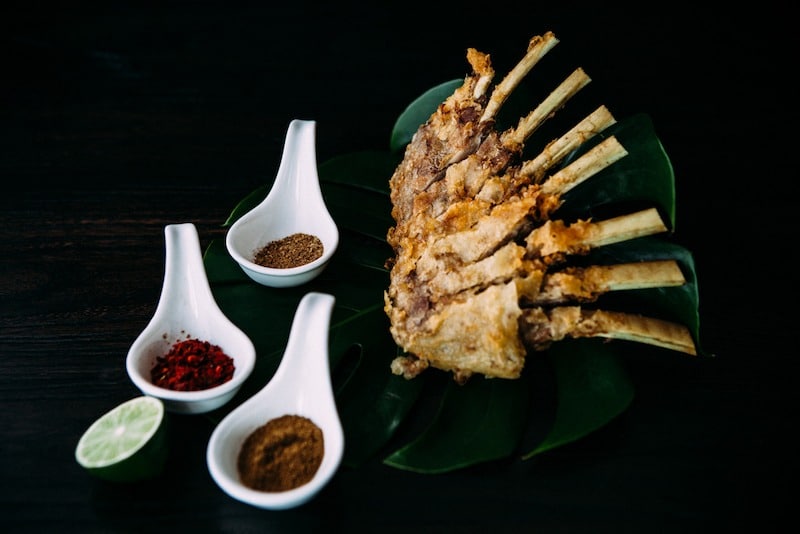
These were the mistakes I made on my first food photography gig. Making mistakes is part of the learning process. Sometimes it’s easy to feel alone when you’re first starting out. I hope this has given you a glimpse into what other photographers go through and some things to think about when getting ready to shoot for clients.
1
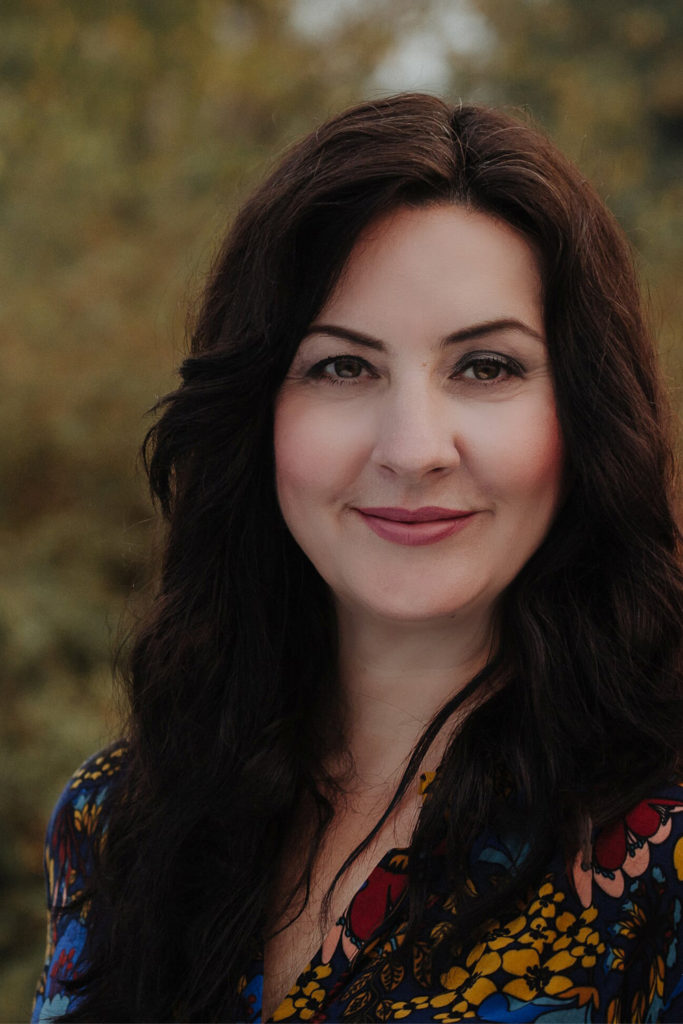


Very helpful and insightful, thank you for sharing!
I’m glad it was helpful! 🙂